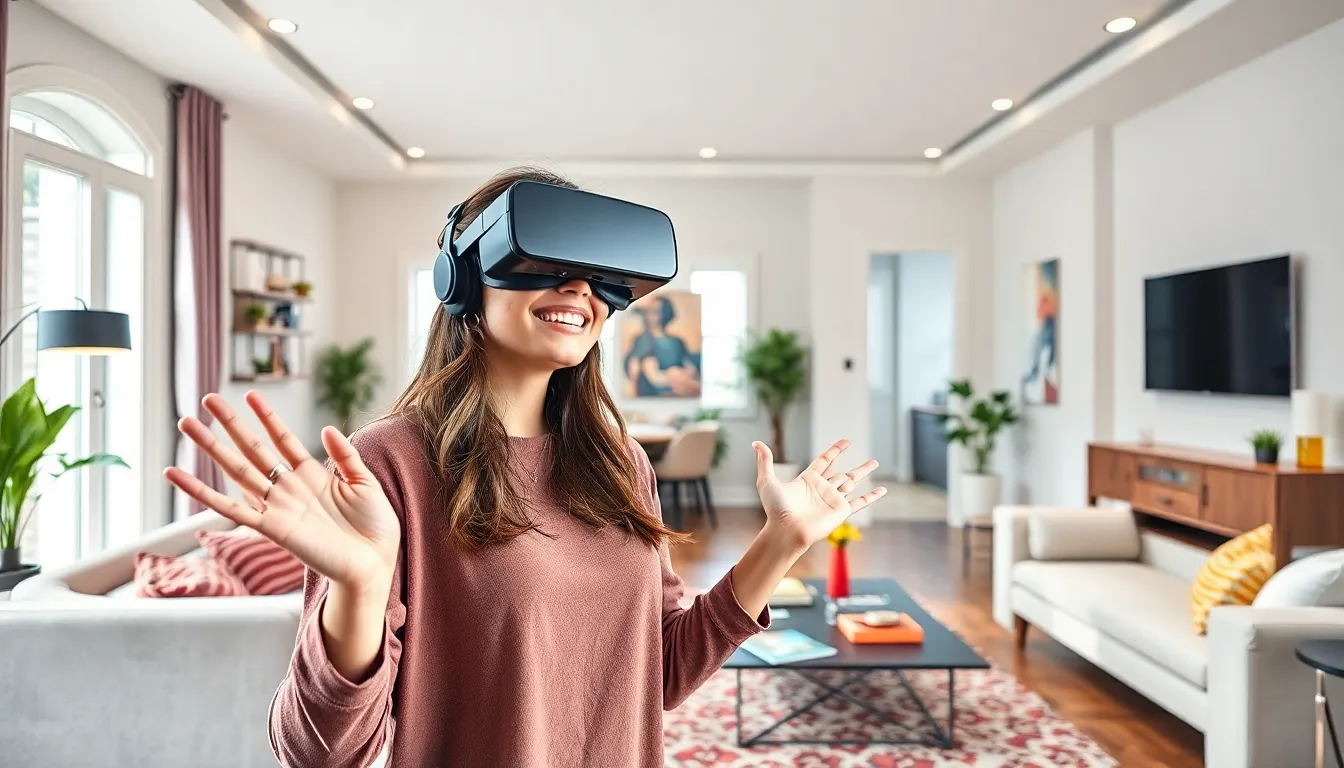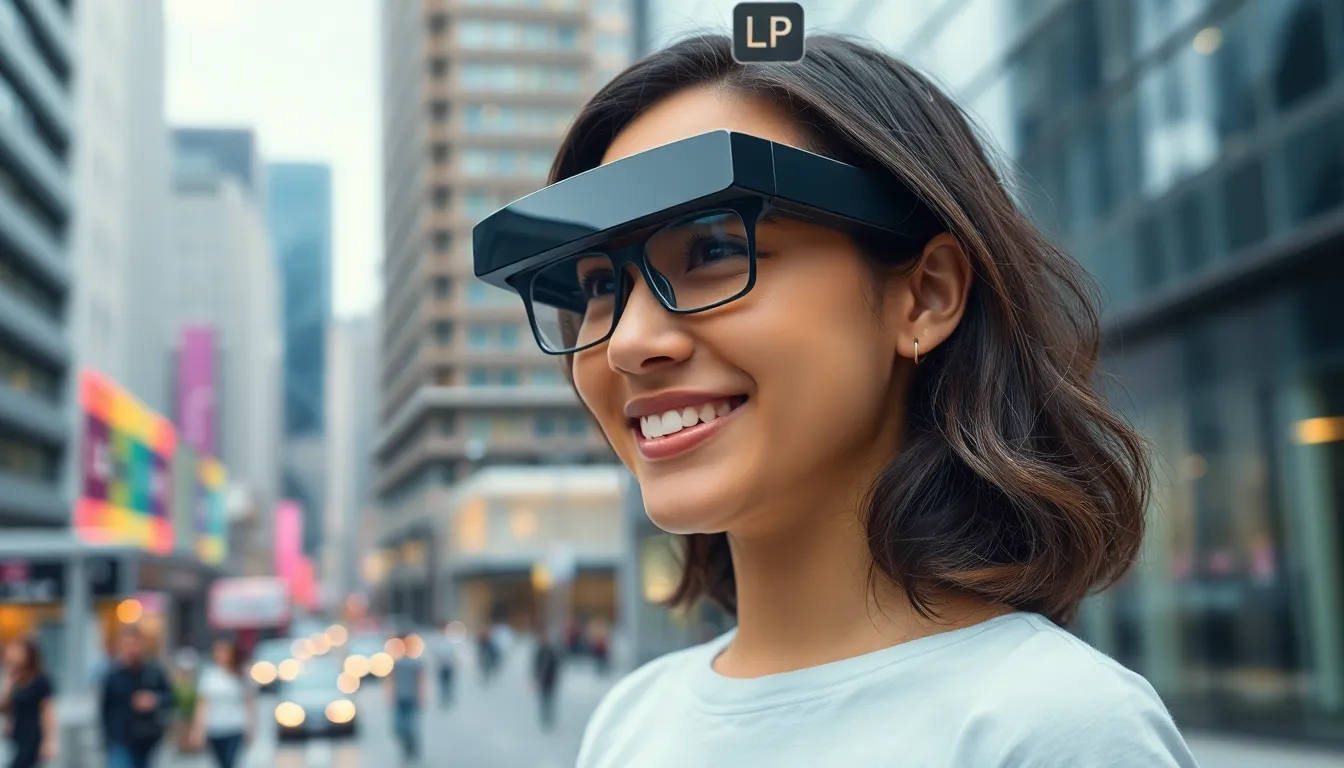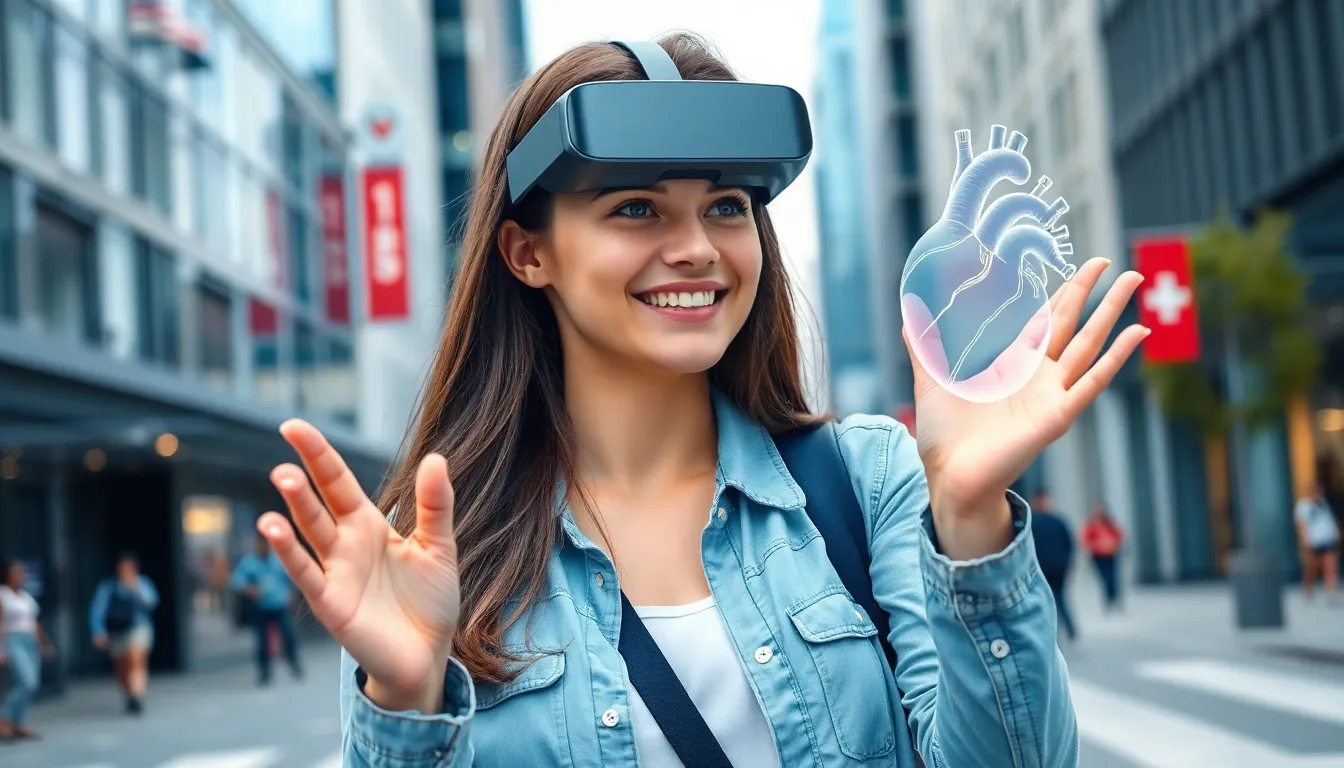Imagine walking into a home that feels like a magazine spread, where every corner invites you to linger just a little longer. That’s the magic of home staging, but what if it could be even better? Enter augmented reality (AR), the tech wizardry that’s transforming the real estate game. With AR, potential buyers can visualize their dream space without lifting a paintbrush or moving a single piece of furniture.
Table of Contents
ToggleOverview of Home Staging with AR
Home staging with augmented reality transforms the traditional approach to showcasing properties. It utilizes cutting-edge technology to create immersive experiences for potential buyers. By integrating AR, real estate agents enhance property presentations, making them more engaging and interactive.
Buyers can visualize how their furniture would fit into a space through AR simulations. This technology offers personalized views of rooms with different color schemes and layouts. Staging rooms virtually eliminates the need for physical renovations, saving time and costs for sellers.
With AR, realtors present properties in a more compelling manner. They can showcase multiple design options, appealing to diverse tastes and preferences. Immersive experiences lead to increased buyer interest, often resulting in quicker sales.
Statistics show that homes staged with AR attract more online views than those without. Properties with virtual staging often sell for 20% more than comparable homes. Strong visual appeal drives buyer engagement, making AR an essential tool in modern real estate marketing.
Utilizing AR for home staging allows sellers to present properties at their best. Buyers engage with realistic renderings, leading to informed decision-making. From visualization to interaction, AR stands as a valuable asset in the competitive real estate market.
Benefits of Home Staging with AR

Home staging with AR offers numerous advantages that transform the real estate experience for both sellers and buyers. Utilizing this technology enhances property presentations and engagement.
Enhanced Visualization for Buyers
AR technology enables potential buyers to visualize their future homes more clearly. Home staging services can create lifelike simulations of rooms with customized furniture placements and color schemes. Buyers experience immersive environments that showcase each space’s potential, allowing them to better imagine their lifestyle there. This level of visualization reduces uncertainty, making the buying decision process more straightforward. Properties that leverage enhanced visualization often attract higher interest, leading to increased offers and faster sales.
Cost-Effectiveness
Staging a home traditionally incurs expenses for furniture rental, decoration, and design services. AR minimizes these costs significantly by eliminating the need for physical staging. Sellers can enhance property appeal without investing in costly renovations or furnishings. The use of AR tools also saves time, streamlining the staging process for agents and sellers. Statistics reveal homes presented with augmented reality tend to sell for 20% more than comparable properties, demonstrating a favorable return on investment. As a result, AR facilitates a budget-friendly approach to maximizing property value.
Tools and Technology for Home Staging with AR
Home staging with AR utilizes advanced applications and hardware to create stunning visual experiences for potential buyers. These tools streamline the decision-making process and enhance property showcase.
Popular AR Applications
Several AR applications lead the industry. Houzz allows users to place virtual furniture in their spaces, helping them visualize designs. Magicplan provides floor planning capabilities, letting users create layouts and experiment with furniture arrangement. RoOomy combines staging and real estate, enabling users to see properties in various styles. IKEA Place offers a user-friendly interface for visualizing IKEA products within a home. These applications can simplify virtual staging, making it accessible for sellers and agents.
Hardware Requirements
AR staging requires specific hardware for an effective experience. Smartphones equipped with AR technology, such as iPhones or Android devices, serve as the primary tools. Tablets, like the iPad, also support AR applications, providing larger screens for better visualization. AR glasses, although less common, can enhance the experience by offering hands-free interaction. Reliable Wi-Fi connection is essential for smooth streaming of AR content. These hardware components help ensure optimal performance and user experience in home staging.
Best Practices for Home Staging with AR
Home staging with AR requires strategic approaches to enhance property appeal. By focusing on specific areas, sellers can maximize the impact of their listings.
Creating an Inviting Space
An inviting space captivates potential buyers instantly. Using AR, sellers can experiment with color palettes that evoke warmth and comfort. Soft furnishings simulated in virtual environments create a homely feel. Choosing light and airy designs can enhance natural light, making rooms seem larger. Simulations allow sellers to showcase various styles that align with current decor trends. Engaging textures, like cozy throws or art pieces, added through AR, can create warmth in a virtual presentation.
Optimizing Furniture Placement
Effective furniture placement influences buyer perception significantly. AR tools simulate optimal layouts that enhance space usability. Moving furniture in virtual environments allows sellers to explore different configurations. Creating conversational areas with sofas and chairs invites social interaction, encouraging connection. Positioning larger pieces against walls helps maintain an open flow throughout the room. Experimenting with scale and proportion digitally can reveal the best arrangement, ensuring potential buyers visualize their own furniture within the space.
Case Studies of Successful Home Staging with AR
One notable case involved a California-based real estate agent who utilized AR to showcase a mid-century modern home. By integrating AR technology, potential buyers immediately visualized different design styles in the same spaces. Each room featured various color palettes, which increased buyer engagement. As a result, the home sold for 15% above its original listing price within three weeks.
Another example comes from a New York duplex that faced challenges due to outdated decor. AR staging allowed the seller to showcase contemporary furnishings, transforming perceptions of the living area. In this instance, buyers could interactively adjust layouts and add virtual furniture. Ultimately, the property received over 100 online inquiries in less than a month, illustrating how AR can significantly boost interest.
In a different scenario, an agent in Texas employed AR to present a spacious rental property. Using the platform, they created immersive walkthroughs that highlighted each room’s potential. This approach not only attracted new tenants but also reduced vacancy duration by 40%. The agent reported increased application rates within days of launching the AR-staged listing.
A notable statistic showed that homes staged using AR attracted 70% more online views compared to conventional listings. This demonstrates how immersive experiences capture buyer attention. Featured listings with AR often resulted in offers occurring 30% faster than similar properties without such technology.
These successful cases exemplify the advantages of home staging with AR. Buyers gain enhanced visualization, leading to quicker and more profitable sales for sellers. As AR technology continues to advance, its role in real estate will undoubtedly expand, offering new possibilities for both sellers and buyers.
Home staging with AR is transforming the real estate landscape by offering innovative ways for buyers to visualize their future homes. This technology not only enhances the buying experience but also streamlines the selling process, making it more efficient and cost-effective. With AR, sellers can create inviting atmospheres that resonate with potential buyers, ultimately leading to quicker sales and higher offers. As the market continues to evolve, leveraging AR tools will become essential for real estate professionals aiming to stay competitive. Embracing this technology isn’t just a trend; it’s a strategic move that can significantly impact property marketing and sales success.






